What's down there? A look below Lake Tahoe's Waterline
By: Lake Tahoe Staff
By: Lake Tahoe Staff
For decades, highly reputable Tahoe locals have reported sightings of huge, inexplicable creatures skimming the Lake’s surface. Descriptions of the beast are strikingly similar to that legendary lake monster on the other side of the world – the Loch Ness monster, affectionately called “Nessie.” Find out what dwells below Lake Tahoe.
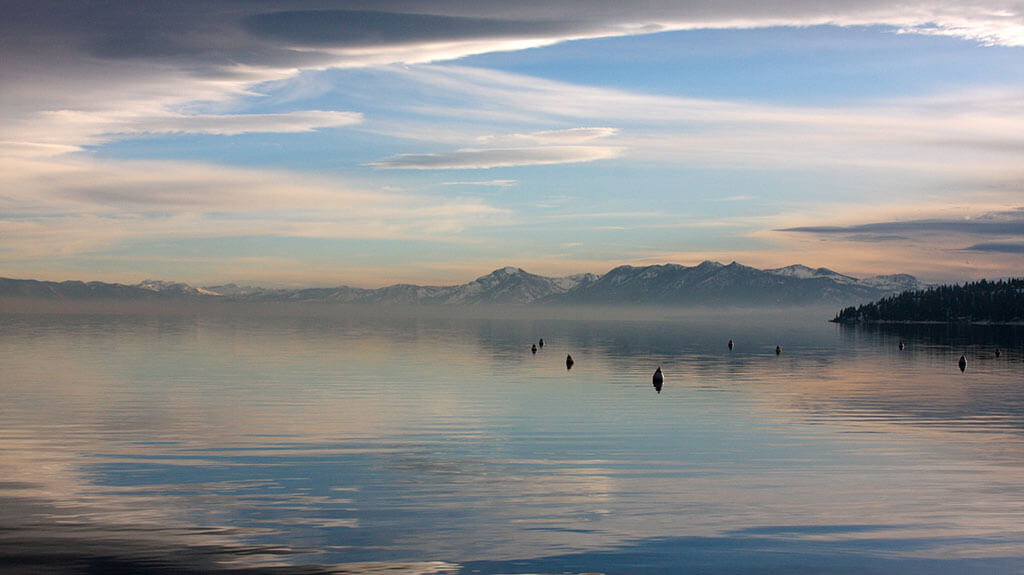
The existence of Tahoe’s very own leviathan, Tessie, has never been proven (though that won’t stop people from looking).
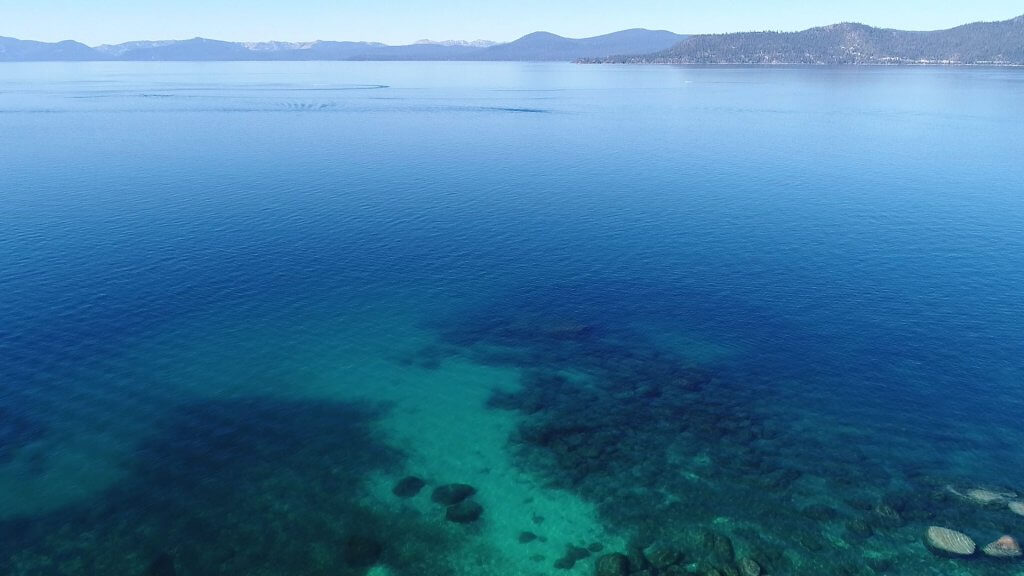
Spoiler alert: there’s not much more than rocks and sand down there. Compared to other lakes, Tahoe’s cast of aquatic characters is fairly small. Among those you can see with the naked eye, there are several species of trout (rainbow, brook, brown and lake), the Kokanee salmon, crayfish, mysis shrimp, and a few other near-shore and bottom-dwelling fish. Many species on that short list were introduced intentionally by humans, either for sport, or as food for people or fish.
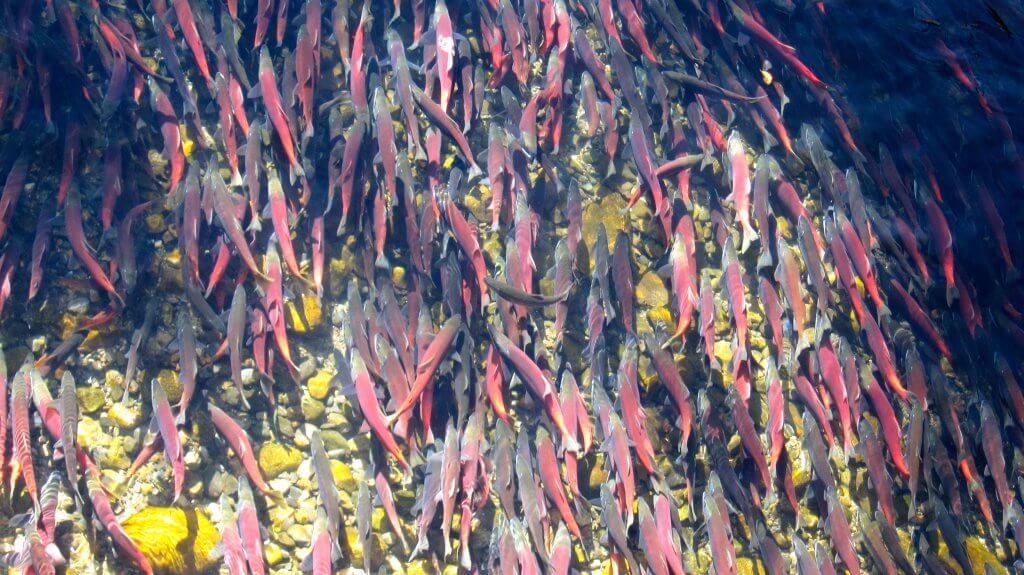
Several other species made their way to Lake Tahoe by accident, including bass, bluegill, Asian clams, and two particularly nasty aquatic weeds – Eurasian watermilfoil and curlyleaf pondweed.
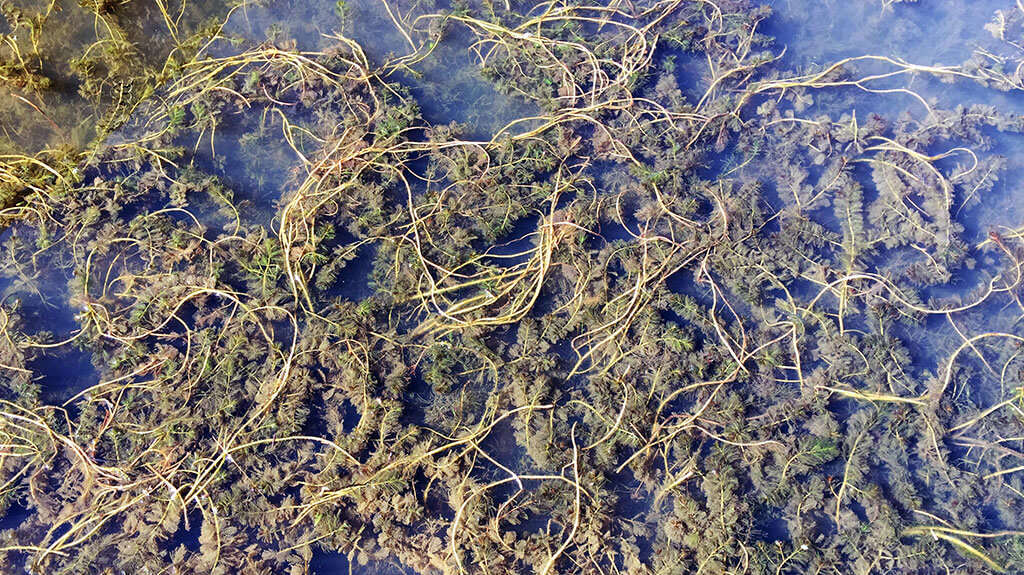
These aquatic “invasive” species (as opposed to native species that naturally occur in Lake Tahoe) are bad news for the Lake’s delicate ecosystem. Left to their own devices, they threaten to turn Lake Tahoe’s famously clear waters a murky green.
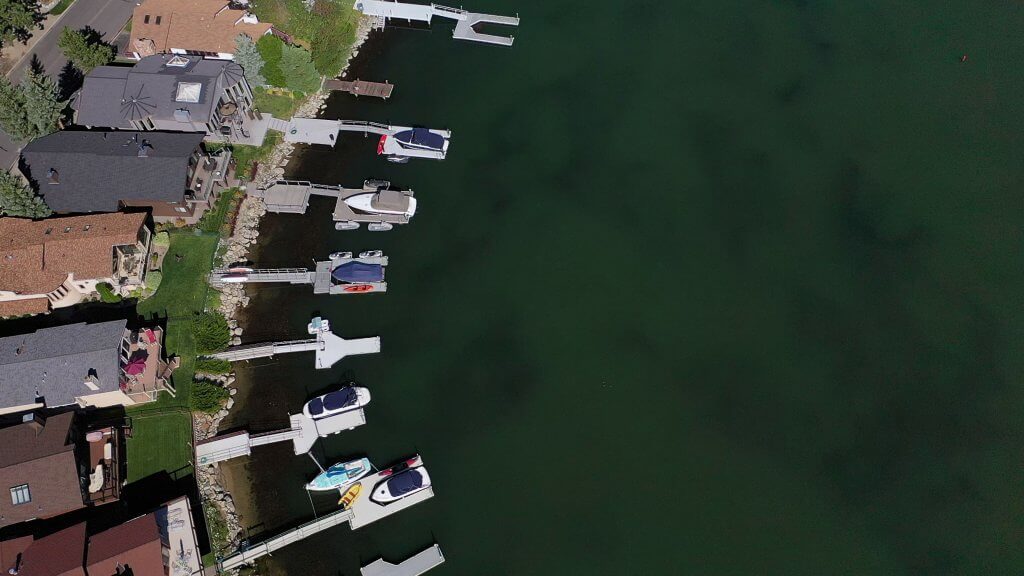
Aquatic invasive weeds have a knack for making themselves at home where they’re not welcome. They crowd out native species, alter underwater habitat, and reshape the food web, making room for invasive fish and clams (which are even worse) to spread. Combined with waters warming up due to climate change, they also encourage hazardous algae blooms, which turns the water into a bright green toxic soup that’s unsafe for humans and our furry friends to swim in.
AIS and algal bloom in Tahoe Keys_Credit-Tahoe Keys Property Owners Association_Greg Hoover — When combined with warming waters due to climate change, aquatic invasive weeds encourage hazardous algae blooms like this one. — Photo: Tahoe Keys Property Owners Association
That’s not what anyone wants to see when they dive into Big Blue. So how do we evict these ecological freeloaders and Keep Tahoe Blue? Your watchful eyes and a free smartphone app can help.
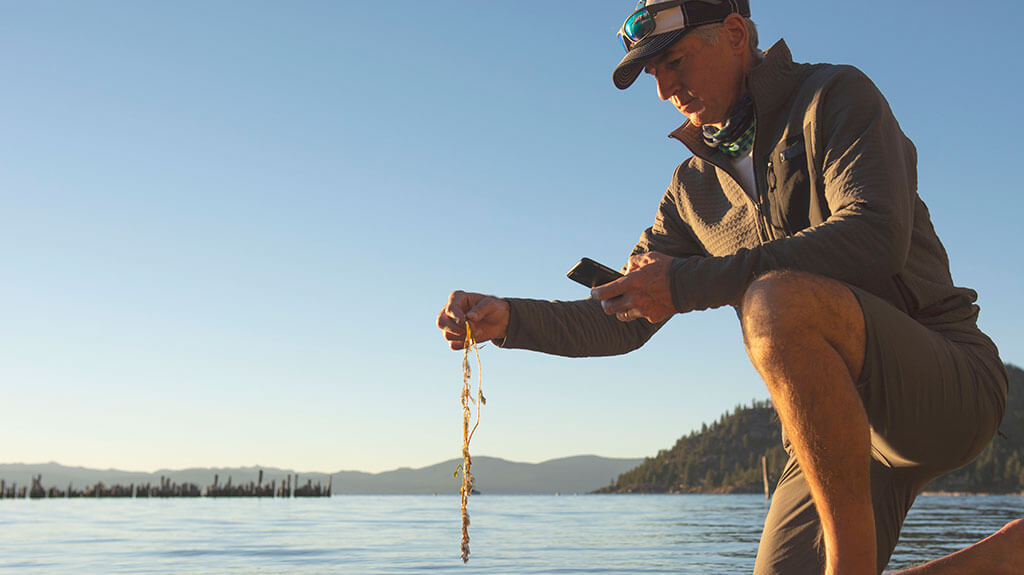
The League to Save Lake Tahoe (a.k.a. Keep Tahoe Blue) started the Eyes on the Lake program in 2013 for volunteers to report sightings of aquatic invasive species. The League and our partners use the data provided by volunteer “citizen scientists” to track invasive species and quickly snuff out new populations. Visit keeptahoeblue.org/eyes to watch a short training video, download the app and get started today.
The next time you’re paddling, swimming or lounging at the shoreline, forget about mythical sea monsters. Instead, keep your eyes peeled for aquatic plants. When you spot one, pop open the free Citizen Science Tahoe app, scroll to Eyes on the Lake, and report what you see. It’s a quick, convenient and meaningful way to Keep Tahoe Blue for your next visit, and the one after that.
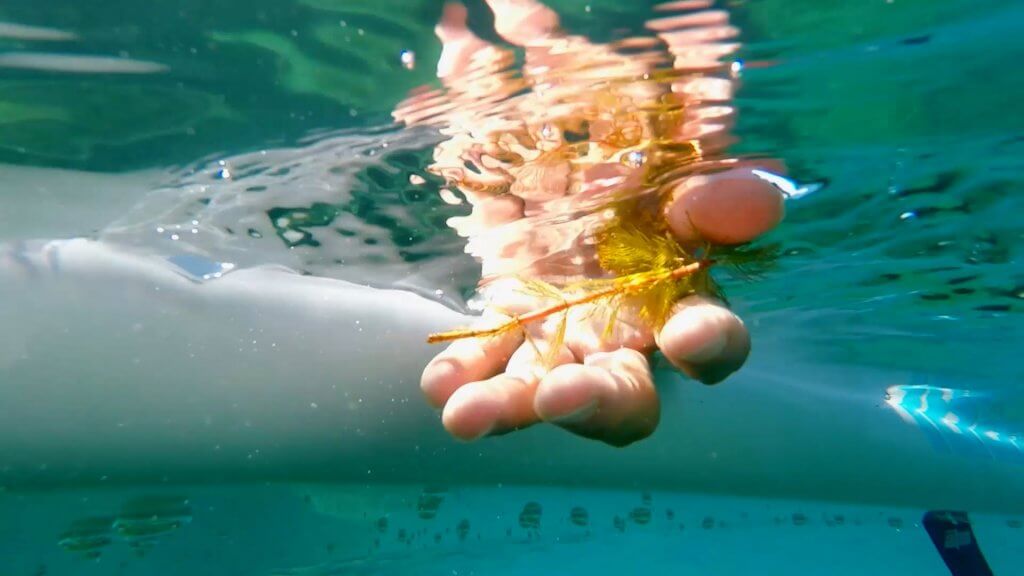
Lodging in Lake Tahoe